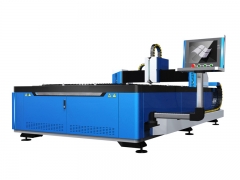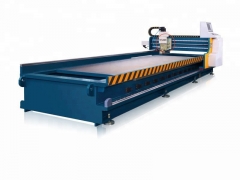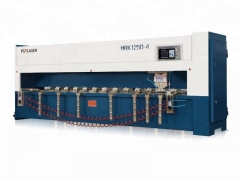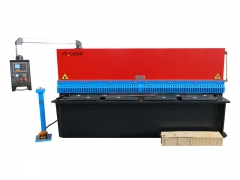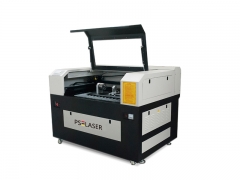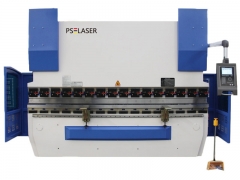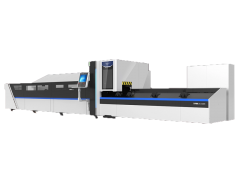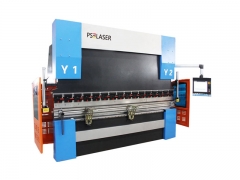A press brake is a machine used in metal fabrication that bends and shapes sheet metal. Its primary function is to create precise angles and turns in the material. It allows for the formation of various components, such as brackets, panels, or frames.
The critical components of a press brake include the ram, bed, and hydraulic system. The ram is responsible for applying force to bend the sheet metal against a die held on the bed.
Utilizing hydraulic cylinders powered by an electric motor or manual pump system enables operators to control speed and pressure during bending operations accurately.
Press brakes are commonly used across industries like manufacturing metal forgery workshops throughout America. It’s mainly due to their versatility and efficiency in creating accurate bent pieces from sheet metals. At the same time, they offer ease of use through CNC controllers.
What Does a Press Brake Do?
A press brake is a crucial piece of machinery used in manufacturing to bend sheet metal. Its narrow and long design allows for the bending of large parts with precision.
The process involves clamping the sheet between a movable punch and a stationary die, creating predetermined bends. These punches and dies are specially designed for specific shapes and lengths required by different applications.
Press brakes can repeatedly bend metals until they achieve the desired form. They offer flexibility across many industries, such as metal forgery or precision sheet metal work.
Why Use Press Brakes?
Press brakes are an indispensable tool for precision bending sheet and plate metals. They play a crucial role in the metal industry by delivering custom parts to various sectors, such as
auto
aviation
agriculture
energy
military
transportation, and more!
The type of press brake required for forming depends on production needs and the materials used. Working closely with a reliable metal service center is essential. They can help determine the most suitable appliance for any bending job. A good press brake is vital for any metal fabricator’s smooth operations and success.
Press Brake Fundamentals
Press brakes are essential equipment in the metal forgery industry. They allow for the bending and shaping of metal sheets to create a wide range of structures and products. There are three initial types of press brakes: mechanical, hydraulic, and electric.
Mechanical press brake
Mechanical press brakes provide a cost-effective option for small shops on a tight budget. They operate using a mechanical drive system powered by a flywheel and clutch. The flywheel gains energy from the motor and releases it to power the press ram.
While they may not offer as much exactness, force, or control as hydraulic or electric press brakes, mechanical versions are easier to operate and come at lower costs.
Hydraulic press brake
Hydraulic press brakes are powered by a hydraulic system that moves the ram, providing increased pressure and force for precise bending. These machines offer greater control and exactness compared to mechanical press brakes.
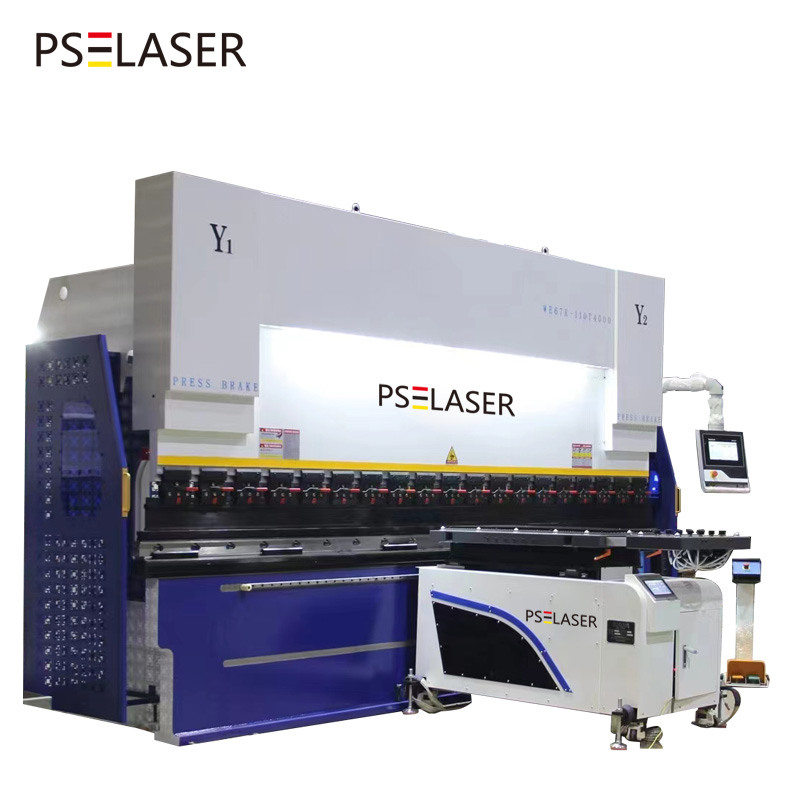
They can easily adjust to accommodate different metal viscosities and handle complex bends. However, hydraulic press brakes are more expensive than their counterparts, and the process is complicated as well. Yet, they are preferred in lots of industries where performance and versatility are crucial.
Electric press brake
Electric press brakes are equipped with servomotors that control the movement of the ram, allowing for fast and precise bending processes. These press brakes offer benefits such as energy efficiency, reduced maintenance requirements, and increased exactness compared to mechanical or hydraulic models.
However, they are more expensive than other press brakes and may have lower force capabilities. Despite these disadvantages, many manufacturers opt for electric press brakes due to their energy-saving features and improved accuracy in sheet metal forgery processes.
Common Press Brake Applications
Press brake machines can handle various sheet or plate metal shaping applications. Typical uses include automotive panels, airframes, metal artwork, furniture, and containers. These machines excel in many other sheet metal forming tasks as well.
They can precisely bend almost any shape with the different punches and dies available for press brakes to accommodate specific needs. This flexibility allows for efficient production of multiple pieces of the same workpiece that may require further processing.
Advantages and Disadvantages of Press Brake
When it comes to press brakes, there are several pros and cons you should consider. Let’s look at these pros and cons in general for press brakes.
Advantages of press brake
Press brakes offer numerous benefits in metal fabrication and manufacturing processes. Here are six key benefits:
Versatile for diverse production needs: A press brake can handle small batches and multi-variety production requirements. Thanks to its ability to use a single punch and die set with different materials and parts.
Cost-effective bending dies: Bending dies used in press brakes have a long lifespan, lasting at least ten years with proper maintenance. This reduces the overall cost of die manufacturing as each set costs only a few thousand.
Accommodates “S” and “U” shaped parts: Stamping molding techniques face challenges when producing U-shaped parts due to rebound issues. On the contrary, the press brake solves this problem by performing multiple bending functions efficiently.
Expedites new product trials: With its versatility, the press brake allows trial productions without additional expenses or tool adjustments. It can produce various shapes, sizes, and angles using just one punch and die set.
Creates complex polygonal shapes: The flexibility provided by adjustable material settings on the machine enables the forming of polygon-shaped workpieces with varying heights accurately
Deflection compensation function enhances exactness: Bending long workpieces often involves uneven angles between the middle portions, making manual adjustment necessary. Pressbrakes overcome such issues through their deflection compensation feature. They accurately adjust angles at every position, resulting in straight bends, reducing labor intensity while improving product quality.
Disadvantages of press brake
There are also some disadvantages to consider when operating a press brake. Let’s look at four of them.
Limited material thickness: Press brakes have a specific capacity limit for bending materials. Materials with thicknesses up to 50mm can be easily turned. However, those exceeding this range require significant force and more robust press brake capacities. This means that working with thicker materials may pose challenges and could potentially limit the capabilities of the press brake.
Risk of fracture: During the bending operation, edges and corners of the material can generate burrs or oxide layers. This development can lead to cracking or fracture when subjected to pressure during bending procedures. Ensuring high-quality bends becomes difficult in such cases, as there is always a risk involved in damaging or compromising the integrity of the material.
Indentation issues: Another common problem in press brake functions is indentation marks on bent surfaces. It happens due to improper die selection or suboptimal die sets used for specific applications. These indentations often necessitate an additional grinding process. At the same time, they require meticulous testing of both polished parts and their resulting dimensions. This leads not only to increased production time but also to raising costs.
Establishing exactness can be challenging: Slip-ups occur frequently during bending procedures since some irregular-shaped metals are prone to slipping out. Square-shaped ones might not encounter this issue. However, slipperiness is often experienced by irregularly shaped pieces, thus failing conformity checks
Press Brake Operations and Safety Procedures
Press brake functions require proper steps and safety procedures to ensure efficient and safe bending of metal sheets. Here is a guide on how to use a press brake effectively:
Essential steps for using a press brake
Follow the following steps while using a press brake:
Ensure all necessary materials and safety equipment are ready before operating the press brake.
Check the machine for any defects or issues to ensure it is in good working condition.
Adjust the back gauge system and select the desired bending angle on both upper and lower die sets during setup.
Properly position your metal sheet onto the press brake, aligning it with the chosen die set, ensuring secure placement
Active Press Brake gently as you apply pressure to start the bending process slowly and gradually, making adjustments as needed
Upon completing the bend, carefully remove the finished product, inspecting its quality according to specifications.
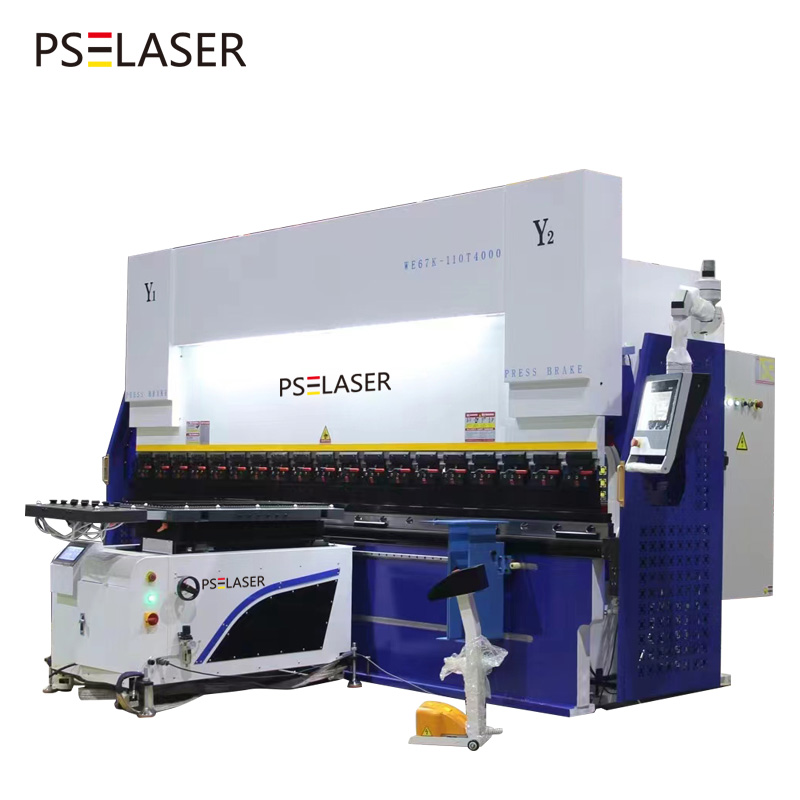
Safety tips
Here are some safety tips to keep in mind while operating a press brake:
Wear the appropriate protective gear, such as protection goggles, gloves, and ear protection, to protect yourself from potential hazards.
Keep your workspace clean and organized by clearing the clutter around the press brake. Ensure that all tools and materials are appropriately kept when not in use.
Never bypass or override any safety features on the press brake, including light curtains, guards, or interlocks. These mechanisms are there for your pro
 English
English français
français español
español

